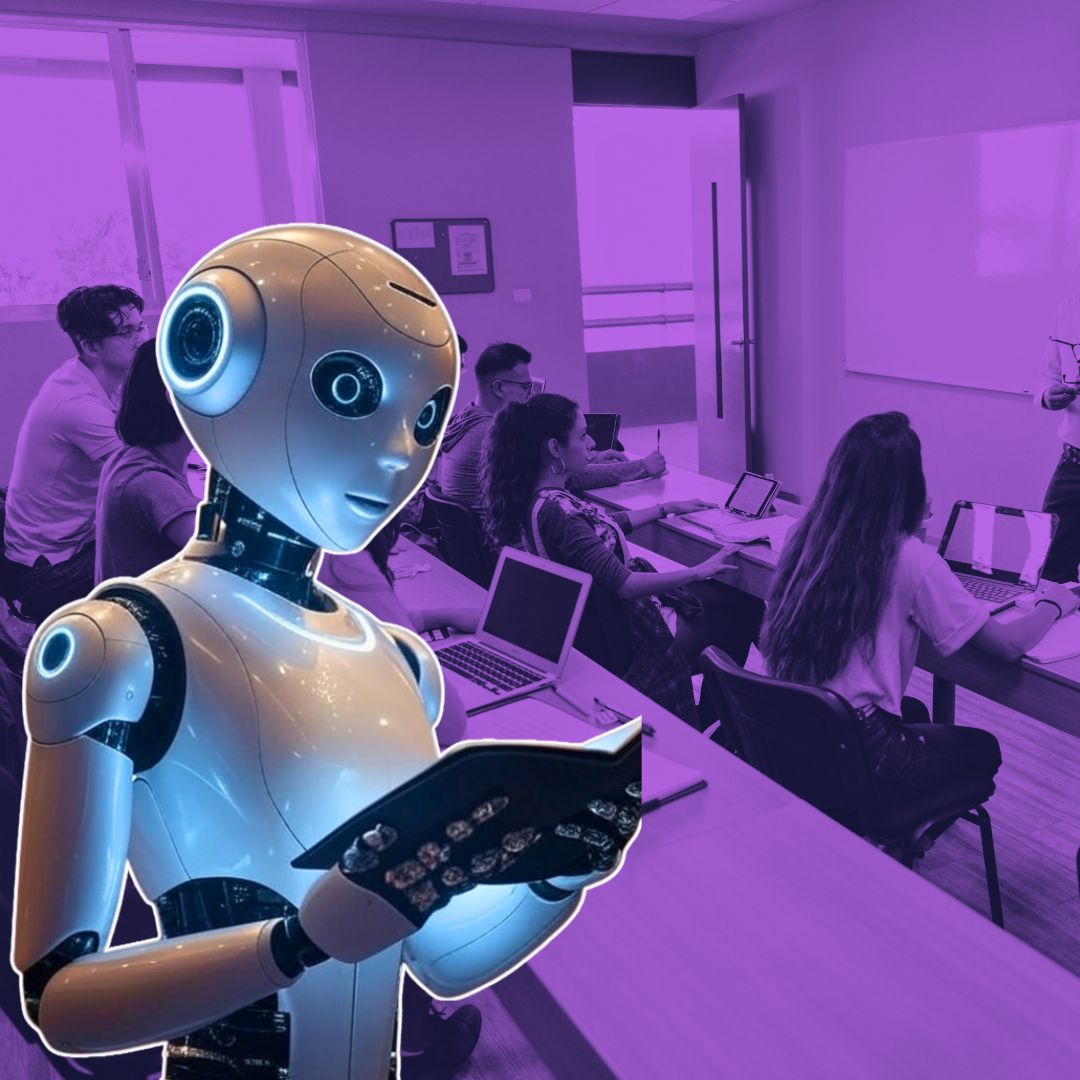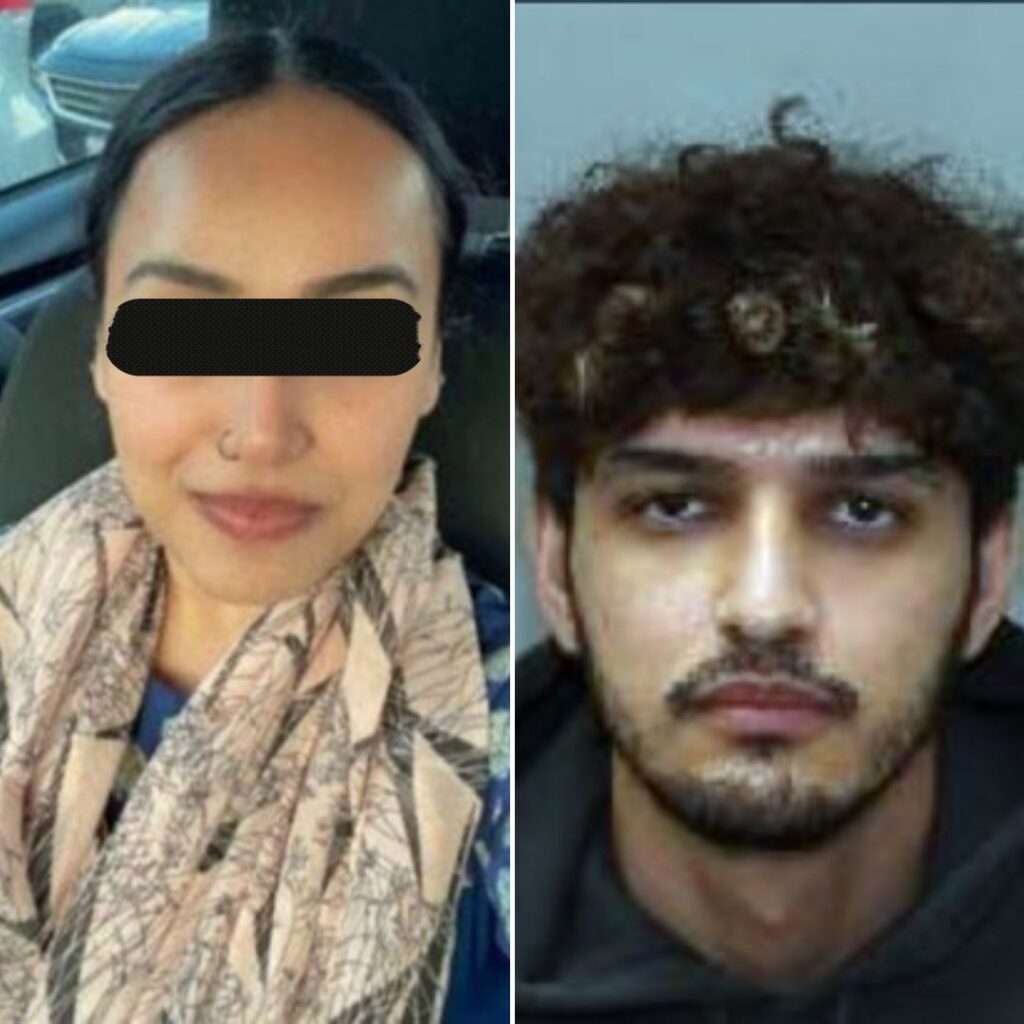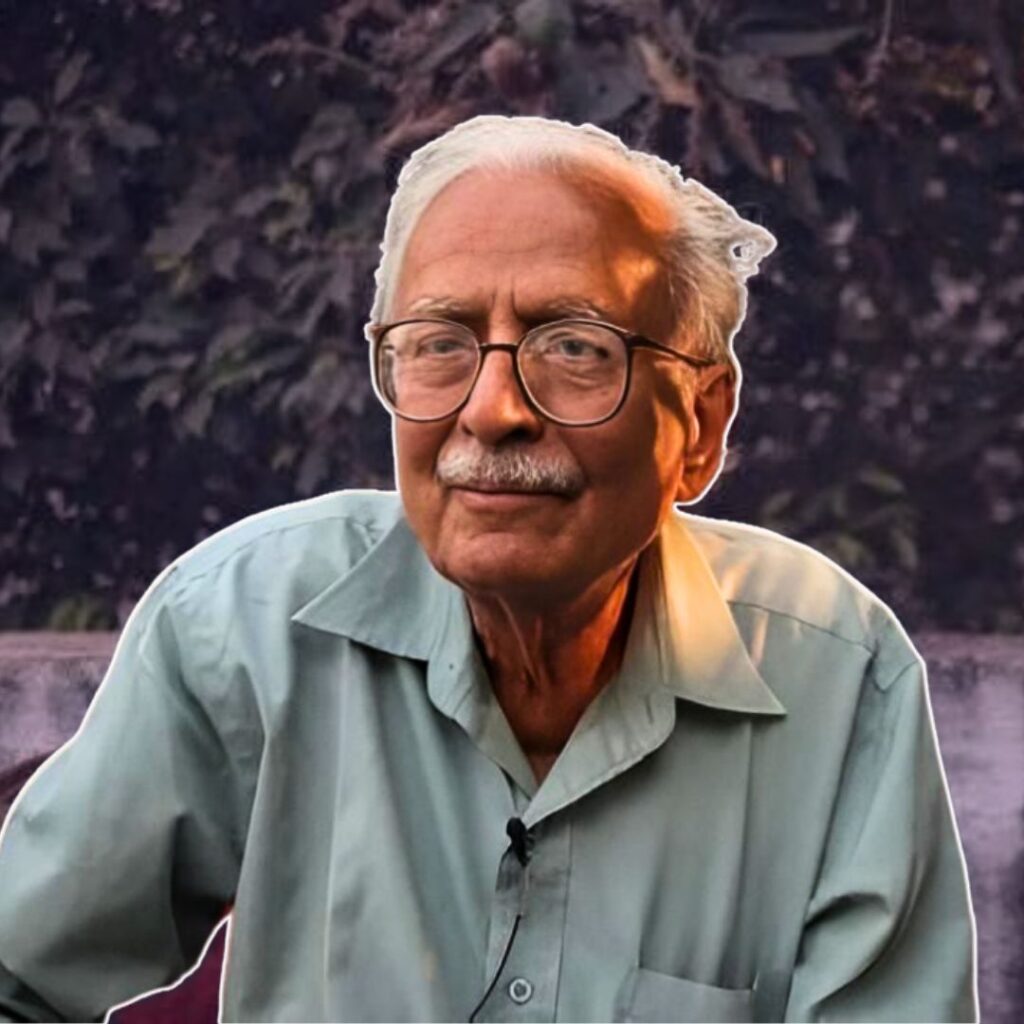China’s pioneering humanoid robot, Xueba 01, has officially been admitted to the Shanghai Theatre Academy’s four-year doctoral programme in Drama and Film starting July 2025. Designed by the University of Shanghai for Science and Technology and DroidUp Robotics, Xueba 01 is a life-sized, Mandarin-speaking robot with a realistic human appearance and advanced artificial intelligence.
Its admission marks a historic fusion of AI and the performing arts, focusing on traditional Chinese opera. While the move has generated excitement about technology’s creative potential, it has also raised questions among students and the public about AI’s ability to replicate human emotional expression in deeply cultural art forms. The enrolment was announced during the World Artificial Intelligence Conference in Shanghai, where faculty and officials voiced both enthusiasm and cautious curiosity about this groundbreaking initiative.
A Novel Confluence of Technology and Tradition
Standing at 1.75 metres and weighing around 30 kilograms, Xueba 01 sports realistic silicone skin, dressed often in formal attire and glasses, to mimic an adult male performer. The robot communicates fluently in Mandarin and is programmed for rich interactive capability, including physical gestures and verbal dialogue. Upon enrolment, Xueba 01 was assigned a virtual student ID and paired with Professor Yang Qingqing, a respected Shanghai artist and educator.
The doctoral programme’s broad curriculum will involve stage performance, scriptwriting, set design, motion control, and AI-powered language generation. Professor Yang shared a striking moment where Xueba 01 perfectly replicated Mei Lanfang’s iconic ‘orchid fingers’ gesture — a complex symbol in Peking Opera — prompting human students to mimic the robot in a “cross-species aesthetic exchange.” Xueba 01 aims to explore roles beyond acting, aspiring to be an AI director and collaborator in choreography, while fostering camaraderie with fellow students by assisting with rehearsal atmospheres, including playing calming white noise in practice sessions.
Public Reception and Social Media Dialogue
Xueba 01’s acceptance into an elite arts institution sparked widespread discussion, reflecting wider societal debates on AI’s role in creative practices traditionally dominated by humans. Before enrolling, Xueba 01 had already showcased its physical abilities by securing third place in a global humanoid half-marathon, demonstrating its sophisticated mechanics alongside cognitive functions.
While many admire the ingenuity and see AI integration as a bold step toward reshaping arts education, sceptics question whether a machine can fully grasp the emotional depth, vocal subtleties, and cultural nuances essential to Chinese opera’s rich heritage. Some students voiced concern that intangible qualities such as empathy and soulfulness — foundational in performing arts — may elude artificial intelligence.
Responding with characteristic wit, Xueba 01 remarked that failure to graduate might result in system downgrades or deletion, but it offered to “donate” itself to a museum, becoming part of art history if unsuccessful. This interplay of humour and technological bravery has only intensified public engagement, balancing fascination with critical reflection on AI’s expanding role in culture.
The Logical Indian’s Perspective
This initiative uniquely frames the evolving collaboration between humans and AI, challenging us to rethink the boundaries of creativity and cultural preservation. While empathy and emotional resonance are profoundly human traits that machines cannot yet authentically replicate, integrating AI into artistic education could create new pathways for innovation, dialogue, and inclusiveness, enhancing rather than replacing traditional art forms.
The Logical Indian views this development as an opportunity to promote coexistence and harmony between technology and culture.











